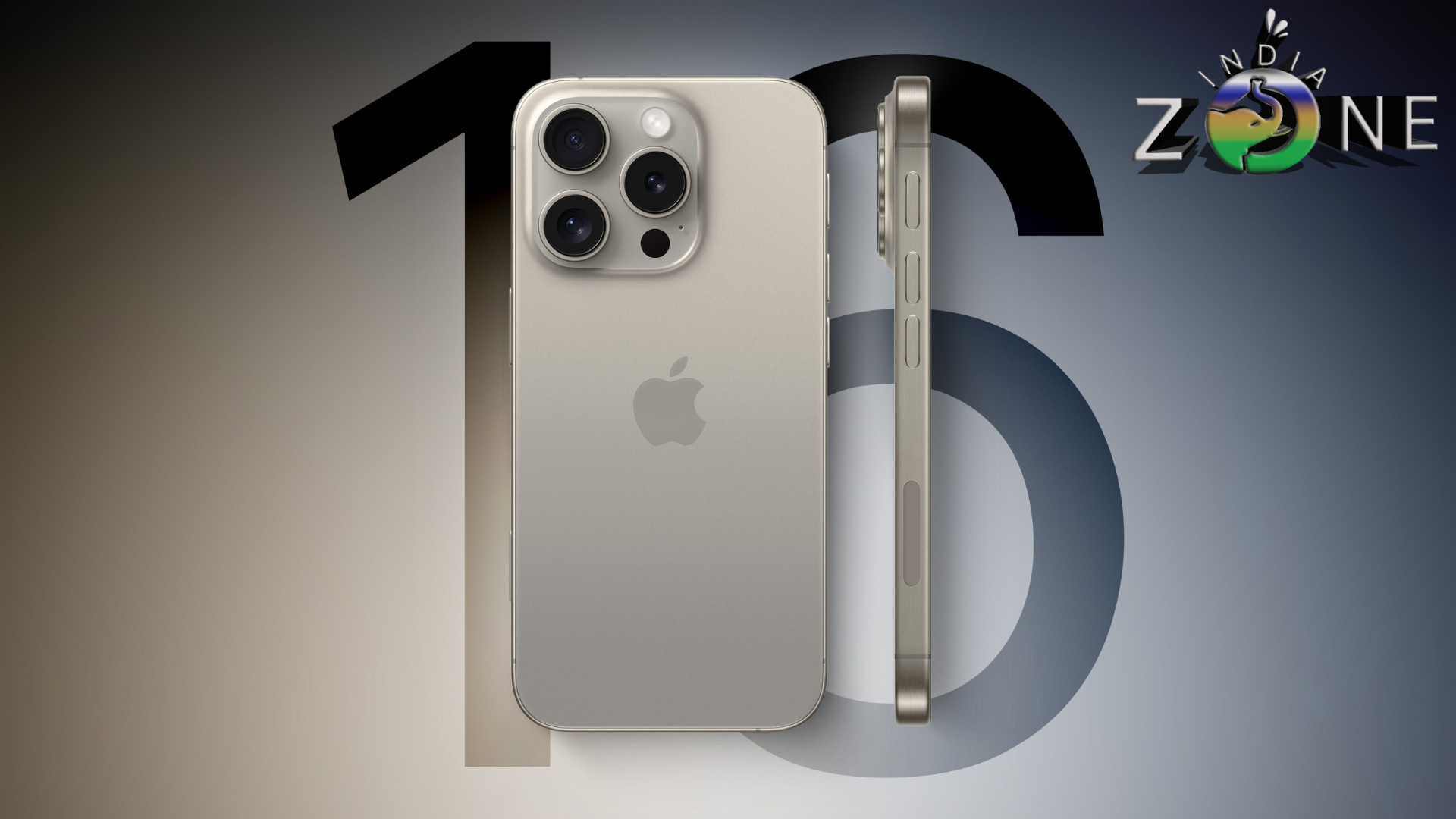
The well-known Taiwanese electronics maker MSI has entered the Indian market with the launch of the Claw, the company’s first portable gaming gadget. It is noteworthy, though, that Asus, a well-known Taiwanese electronics company, previously created a stir when it introduced the ROG Ally, a groundbreaking handheld gaming console, in India last year.
Although there are some similarities between the two devices—such as the fact that they both run on the Microsoft Windows 11 platform and have a small, portable form factor—it’s important to recognize the subtle distinctions between them. Now let’s take a closer look at the comparison between the ROG Ally console and the MSI Claw:
Display
The well-known Taiwanese electronics maker MSI has entered the Indian market with the launch of the Claw, the company’s first portable gaming gadget. It is noteworthy, though, that Asus, a well-known Taiwanese electronics company, previously created a stir when it introduced the ROG Ally, a groundbreaking handheld gaming console, in India last year.
Although there are some similarities between the two devices—such as the fact that they both run on the Microsoft Windows 11 platform and have a small, portable form factor—it’s important to recognize the subtle distinctions between them. Now let’s take a closer look at the comparison between the ROG Ally console and the MSI Claw:
Processing and Graphics
The AMD Ryzen Z1 Extreme chip powers the ASUS ROG Ally, while the Intel Core Ultra series CPUs power the MSI Claw. There are sixteen cores in the top-tier variant with the Intel Core Ultra 7 155H
processor: eight efficiency cores, two low-power efficiency cores, and six performance cores. In contrast, the AMD Ryzen Z1 processor has eight CPU cores to handle workloads while having no efficient cores.
While Ryzen Z1 processors can achieve a maximum boost of 5.1GHz, the Intel Core Ultra 7 155H processor has a maximum clock speed of 4.8GHz. Furthermore, MSI utilizes the AI Engine of Intel Core Ultra processors, while AMD’s Ryzen Z1 Extreme chip does not include any technology specifically designed for artificial intelligence.
Integrated graphics are a characteristic of the System on Chip (SoC) of the MSI Claw and the ASUS ROG Ally. The ASUS ROG Ally has an AMD Radeon GPU, whilst the MSI Claw has an Intel Arc graphics. The ASUS ROG XG Mobile interface slot supports connecting an external GPU, whereas the Thunderbolt 4 port of the MSI Claw provides external GPU compatibility.
There is 16GB LPDDR5 RAM built into both portable consoles.
Ports and Sensors
Both gadgets have a fingerprint-sensing power button, a 3.5mm combo audio jack, and an integrated microSD card reader. Whereas the ASUS ROG Ally has a USB 3.2 Type-C connector that supports DisplayPort 1.4, the MSI Claw has a Thunderbolt 4 USB Type-C port. Through the ROG XG Mobile Interface, the ROG Ally also offers the possibility to attach an external GPU.Both portable gaming consoles have a six-axis IMU vibration motor for haptics.
Battery
The Claw has a greater battery capacity of 53Wh, whilst the ASUS ROG Ally has a 40WHrs battery. However, the USB-C connection on both smartphones supports 65W charging.
Dimensions and weight
The thinnest point of both gadgets is 21.2mm, giving them the same thickness. On the front, the MSI Claw is rather bigger than the ASUS ROG Ally, measuring 294 x 117 mm as opposed to 280 x 111 mm. As a result, weighing 675g against 608g, the Claw is heavier than the ROG Ally.
Price
The Intel Core Ultra 7 and Intel Core Ultra 5 processor variants are the two that MSI offers for the Claw in India; they are priced at Rs 96,990 and Rs 88,990, respectively. Comparably, the AMD Ryzen Z1 Extreme and AMD Ryzen Z1, which were the two processor options available when the ASUS ROG Ally was first introduced last year and had an original price of Rs 69,990, are now available on the company’s official website for Rs 49,990.









